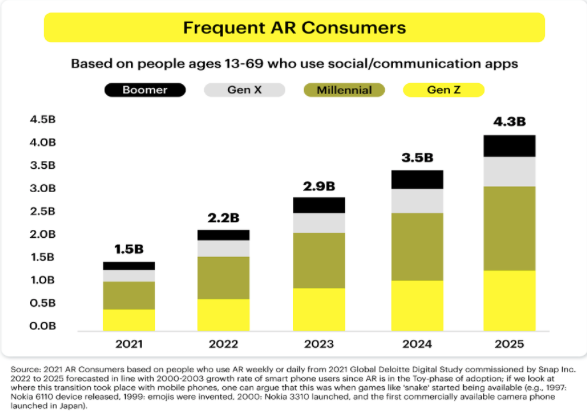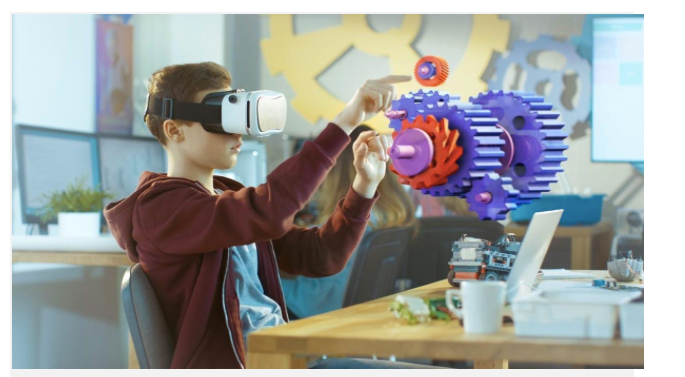The only constant in life is change… This notion is truly evident and ubiquitous but 2020 was a whole new level of change…And I bet, you can’t agree with me more!

Over the past 10 years, we have been witnessing the exponential growth of digitalization, AI, IOT and for the older folks who belong to Gen X like me, we are always playing catch me if you can when it comes to technology… It’s no question, technology has drastically changed the way we intercept information and the way we behave and function overall. Like this wasn’t enough, then 2020 pandemic happened and it steered people toward uses they hadn’t considered before—and with borders closures and planes being grounded, tourism was one of the hardest hit industries. Just putting out some facts for perspective – Source WTTO
- The Travel & Tourism sector suffered a loss of almost US$4.5 trillion to reach US$4.7 trillion in 2020, with the contribution to GDP dropping by a staggering 49.1% compared to 2019; relative to a 3.7% GDP decline of the global economy in 2020.
- In 2019, the Travel & Tourism sector contributed 10.4% to global GDP; a share which decreased to 5.5% in 2020 due to ongoing restrictions to mobility.
While this was all happening, Google searches for “virtual travel” spiked 286%. And from March to June of last year, monthly searches for the term at least doubled year over year. In 2019, just 20% of travel brands planned to invest in AR or VR. But the pandemic wasn’t the only game changer—the rollout of 5G has made waves, too. As networks expand coverage, AR/VR adoption stands to benefit from higher speeds and higher quality streaming.
Being able to transpose oneself to a virtual walk down the Champs-Élysées or tour of the Colosseum in Italy while not leaving the couch in the living room is a whole new level of change. This led to, not the birth of, but the explosion of some technologies like AR, VR, MR, XR with some playing more pivotal role than others in the travel category. Simply people had more time on their hand, less things to do, and no places to go to which was a sweet spot for many technology companies. Snapchat, known as the camera company, in my opinion, dominates the use of AR within the social space. They worked with various travel brands during the pandemic focusing on engaging the user through their AR lens capabilities.
A brilliant example was #Tillwemeetagain campaign which revolved around four augmented reality (AR) Snapchat Lenses which were developed to transport users in the UK and France to Dubai to experience well-known destinations including the Burj Khalifa, the Dubai Frame, Al Seef, and Madinat Jumeirah. This initiative was launched to spread positivity among those staying home amidst COVID-19. It had strong engagement with Snapchatters in the UK and France, exceeding time-spent expectations by more than 180%, before sharing it with friends and family on Snapchat and smashed all other KPIs. Deloitte forecasts that Snapchat will reach exponential growth of 190% over the next 5 years for users between the ages of 14-69 who will use AR daily or weekly. No surprise, Gen Z and millennials projected contribution is around 70% of total consumption.

Let’s quickly recap the difference between all these acronyms for better perspective –
Virtual Reality (VR) is an immersive experience also called a computer-simulated reality. It refers to computer technologies using reality headsets to generate the realistic sounds, images and other sensations that replicate a real environment or create an imaginary world. VR is ultimately sort of a mirage—it’s so close you can almost touch it.”
Augmented Reality (AR) is the enhanced form of reality in which 3D objects are overlaid on the real world and the user can interact with both the real and the virtual worlds.
Mixed Reality (MR), sometimes referred to as hybrid reality, is the merging of real and virtual worlds to produce new environments and visualizations where physical and digital objects co-exist and interact in real time.

Extended Reality (XR) is a newly added term to the dictionary of the technical words. Extended Reality includes all its descriptive forms like the Augmented Reality (AR), Virtual Reality (VR), Mixed Reality (MR). In other words, XR can be defined as an umbrella, which brings all three Reality (AR, VR, MR) together under one term.
The use cases for these technologies we are experiencing today is undeniable… Staying connected, try-on technology for clothing and eye wear, educational virtual tours, sustainable travel, better travel planning and influence of destination choice to name a few. And my vested interest in this last point is obvious …
AR’s potential in reshaping and enriching the travel industry is indisputable. Technology and AR have the power to enrich customer experience and make lives easier when a user is in the travel mindset. We know for a fact that people search for every bit of information they can gather before visiting a place and even after reaching the destination using their mobile. AR enhances the search experience by providing the user/traveler with interactive and immersive information. This indeed helps build up the consumers’ trust and give them a sense of familiarity towards a destination which then influences decision making. It serves as a real motivation to plan for their next holiday. Jackpot for every DMO!
That’s all fine and dandy, but will virtual travel ever replace physical travel? Absolutely not! You must agree with me, nothing is quite like the real thing. So, here’s another acronym for you to jot down. Real Reality (RR). No virtual travel will ever replace the real feeling of physically traveling to new places. The stroll down the cobblestone narrow streets, while smelling the freshly brewed Italian coffee and oh, that tasty gelato! But, most importantly enjoying this reality with your loved ones by your side. Physical travel to new places does not only fulfill an instant gratification, it nourishes the mind, the body, and the soul. You build new memories with loved ones which last a lifetime … Virtual travel can’t give you that!
In adapting with the new normal and our new digitally influenced realities, marketers should consider the use of AR/VR in their campaigns to help influence the users down the funnel to purchase or conversion. Especially, if you are targeting the millennials, AR is a must solution. And when it comes to travel trends,
- Unique, local, authentic, and personalized experiences continue to dominate the travel trend when it comes to what travelers are looking for.
- Health and wellness awareness are as well on the rise… Unique and shareable experiences from unusual travel places are what future travelers will be focused on.
- Attract digital nomads – Tourism boards that will facilitate and encourage new startups/market research will thrive. Moving into a new country and staying there for a while during beta launch could be the new way of quickly test releasing new innovative products into local markets. #workfromDubai is an excellent example of real-time marketing done right. They seized the moment through their advertising campaign which was encouraging people from around the world to go and work from Dubai.
Finally, with the increasing number of vaccinations globally and the # of Covid cases on the decline, by default this will speed up the travel recovery. Whilst, it’s bouncing back for sure, it will bounce for some much faster than others. With public-health concerns evolving over the past year, it’s all about the readiness of a destination to deliver against the needs and the requirements of these travelers when it comes to flexibility, safety and most importantly offering unique experiences to make up for lost time and ones that will last forever.
No one quite does it like #Dubai!





